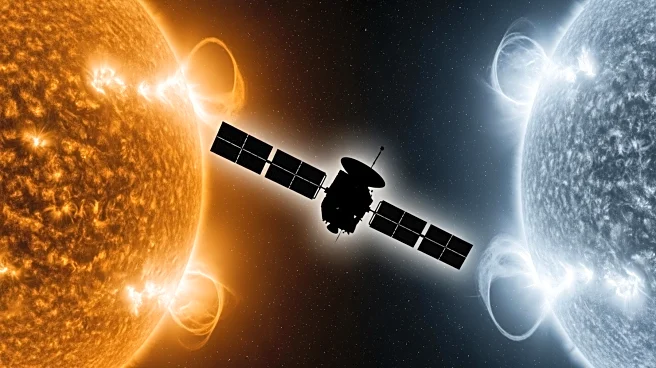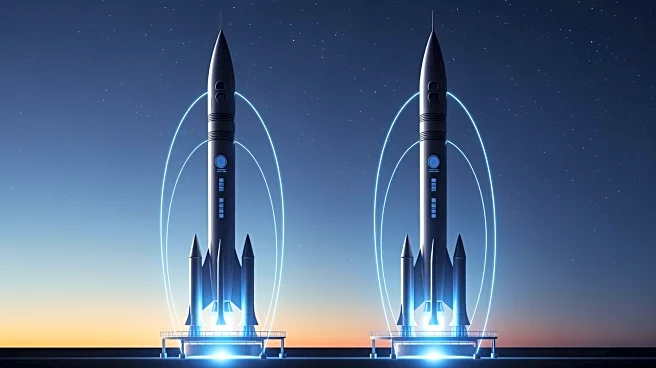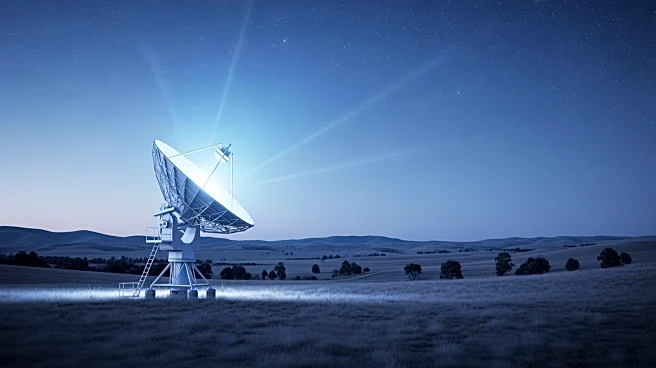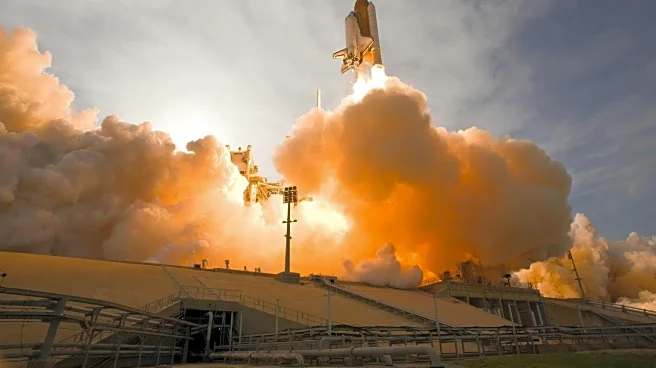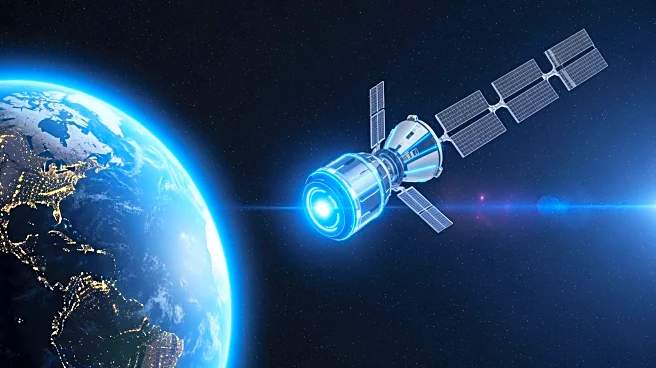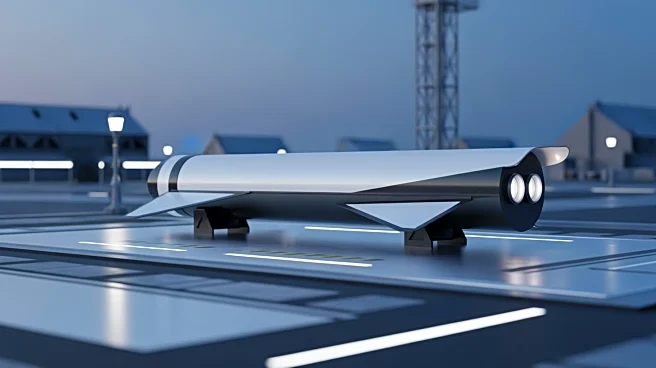What's Happening?
SpaceX's Starlink program, which began in 2019, has experienced over 500 unplanned atmospheric reentries of its satellites. This phenomenon is primarily due to increased solar activity, including solar flares,
sunspots, and coronal mass ejections, which have caused the upper atmosphere to heat and expand. The expansion results in increased drag on low-Earth orbiting spacecraft, such as Starlink satellites, causing them to fall out of orbit and burn up in the atmosphere. Despite these occurrences, the satellites do not pose a threat of falling to Earth as they disintegrate before reaching the surface.
Why It's Important?
The increased solar activity and its impact on satellite operations highlight the challenges faced by companies like SpaceX in maintaining satellite constellations. This situation underscores the need for robust satellite design and operational strategies to mitigate the effects of solar-induced atmospheric changes. The reliability of satellite services, such as those provided by Starlink, is crucial for global internet connectivity, especially in remote areas. The ongoing solar cycle may necessitate adjustments in satellite deployment and maintenance strategies to ensure consistent service delivery.
What's Next?
SpaceX may need to consider enhancing the resilience of its satellites against solar-induced atmospheric changes. This could involve technological advancements in satellite design or operational adjustments to minimize the impact of increased drag. Additionally, monitoring solar activity and predicting its effects on satellite operations could become a critical aspect of maintaining the Starlink network. As solar cycles continue to influence atmospheric conditions, companies may collaborate with scientific institutions to develop predictive models and adaptive strategies.
Beyond the Headlines
The situation with Starlink satellites also raises broader questions about the sustainability and environmental impact of satellite constellations. As more companies launch satellites into low-Earth orbit, the cumulative effects of solar activity on these systems could lead to increased atmospheric reentries. This scenario may prompt discussions on international regulations and standards for satellite operations to ensure environmental safety and minimize space debris.
